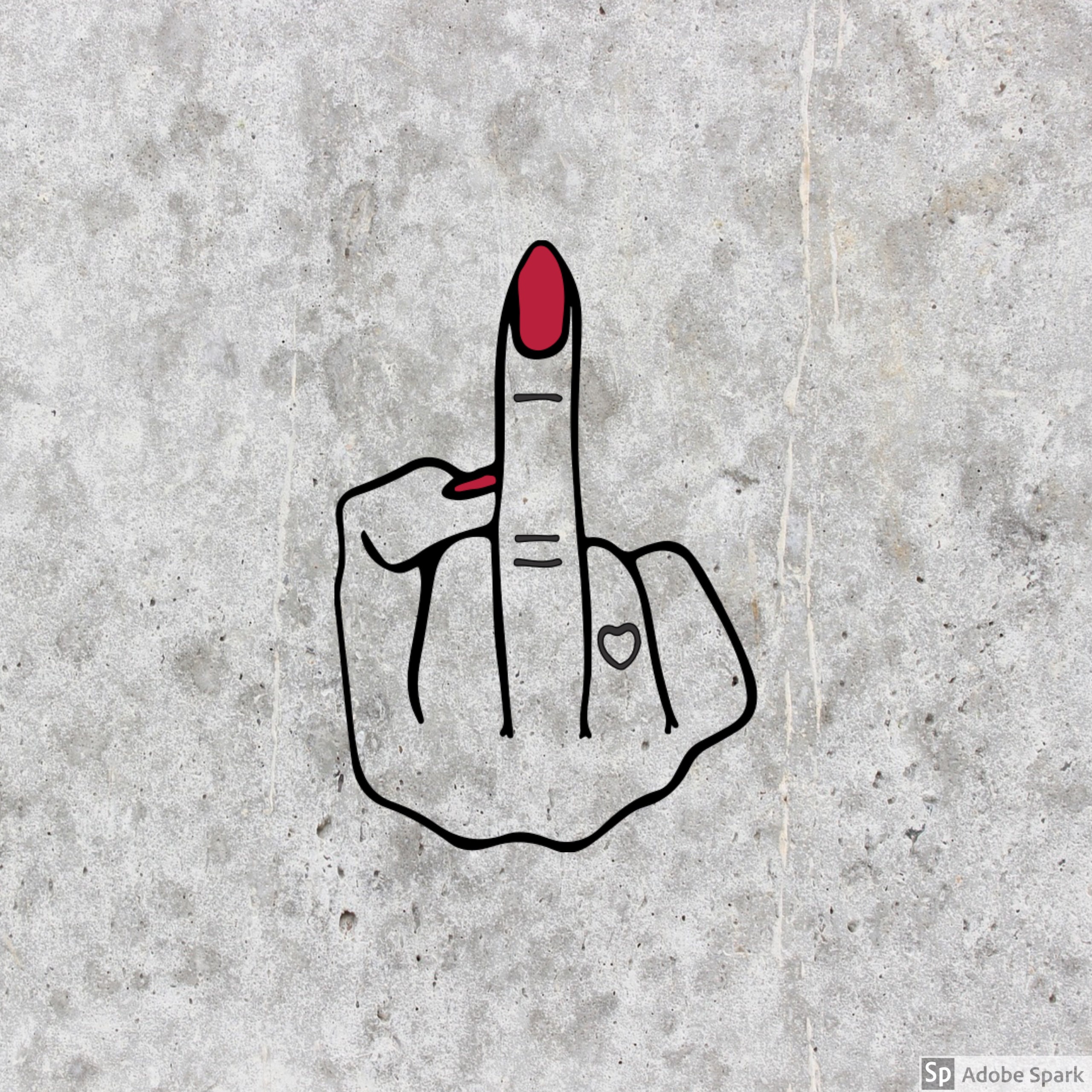


The juncture with the wrist (zero pomt between arrow flows) occurs at the end of the inner forearm bone, the styloid process of the radius. It rises high at the wrist and palm and then courscs down to the fingertips. This line defines the transition point between top and side planes of the inside of the hand and arm. The top sketch shows the line marking the side edge of the index finger knuckles and on up the arm. This alignment is quite apparent in the side view shown at lower left, but correct placement of these points is less obvious, though essential, when the hand is draw n from angles, as shown in the drawings at upper left and below. This important relationship marks a transition point between top and side planes of the outside of both hand and arm. The large palm knuckle on the dorsal side of the hand, from which I he little finger emerges, is directly in line with the ulnar protrusion, the base of the outer bone of the arm protruding at the wiisi. For example, observe the alignment of thumb knuckle with mid-palm in the drawing at extreme right. Correct positions of other fingers are based on measuring cues already described in previous drawings. The tip of the little finger lines up with the last knuckle of the ring finger, thus finger placement can be easily integrated in all positions when this measuring cue is used. Note that this works consistently in the variety of actions shown here. Since these fingers are usually about equal length, arcs from one to the other can be used to determine correct placement of knuckles and finger ends w hen viewed in the depth plane. The index and ring fmger lengths can be inferred from the mil bed of the middle finger. Use of these measuring cucs can help you draw with more ease.Īrcs shown by the arrows here point out the relationship of the three long fingers of the hand.
#Middle finger drawing series#
The curved series of arrows indicates how the thumb, in advancing and receding position* in the depth plane, relates to the mid-hand (both dorsal and palmar sides), the palm knuckles, and the mdex finger knocklcs. The drawings here show foreshortened views and emphasize thumb placement. The thumb also aligns with the palm and palm knuckles-the index finger knuckle (!) lines up with (he knuckle at ilie midpoint of the thumb (J), and the tip of the thumb lines up with the first phalanx of I he index finger. Now note how the end of the linle finger aligns with the knuckle of the terminal phalanx of the fourth finger. Not all people show these equal lengths exactly, but a large enough majority have (hem to make this a feasible premise. Also, the lips of the index and fourth fingers terminate at the nail bed of the middle finger.

Check this in both draw ings and on your own hand. The schematic drawing at right shows, the index and fourth fingers to be equal in length. Thus the first phalanx and finger knuckle (B to O is half the length of the entire finger the middle phalanx and second knuckle fl) to F) is half the length of the first phalanx and if the terminal phalan* (D to F> is divided, we have the length of the fingernail (E to F). Every section of the middle finger is half the length of tlx: one above it. The palm at its longest point (A it) H) is the same length as the middle finger (B to Fj. Second, the thumb emerges from the palm as a narrow triangular wedge extending at about a 25* to 30-degrce angle. the palm begins at the center of the wrist (Ay and extends to the base of the middle linger tB)* whieh forms part of the palm knuckle bulge. Note two important measuring cucs shown here, First. The palm is I he governing form of the hand, and it vanes in shape from rectangular to square From it, proportions and measurements of the entire hjnd can be determined. You will also see the underlying symmetry and unity of the structures of the hand.

Once the interrelated measurements are understood, you can create dynamic and alive hands without needing a model. This article will introduce essential measuring cues and their use in drawing the hand in correct proportion.
#Middle finger drawing how to#
To draw the hand accurately and with precision, you must know how to relate the individual parts to each other and how to unify the separate elements- A knowledge of proportions is necessary in art and should be used as a learning stage to new expressive adventures. Anyone who has tried to draw the human figure has quickly learned that the hand is among the most complex of the body forms.


 0 kommentar(er)
0 kommentar(er)
